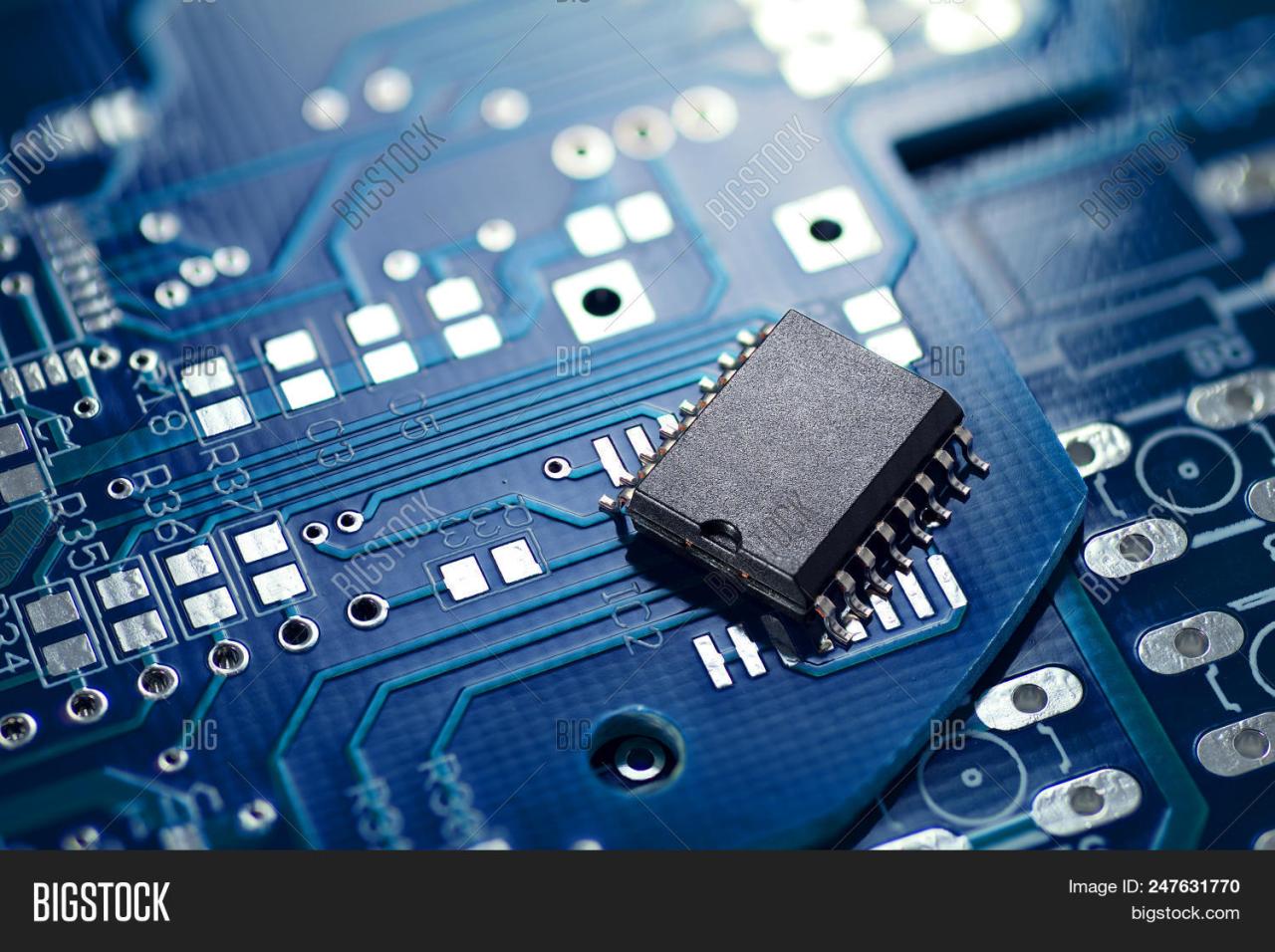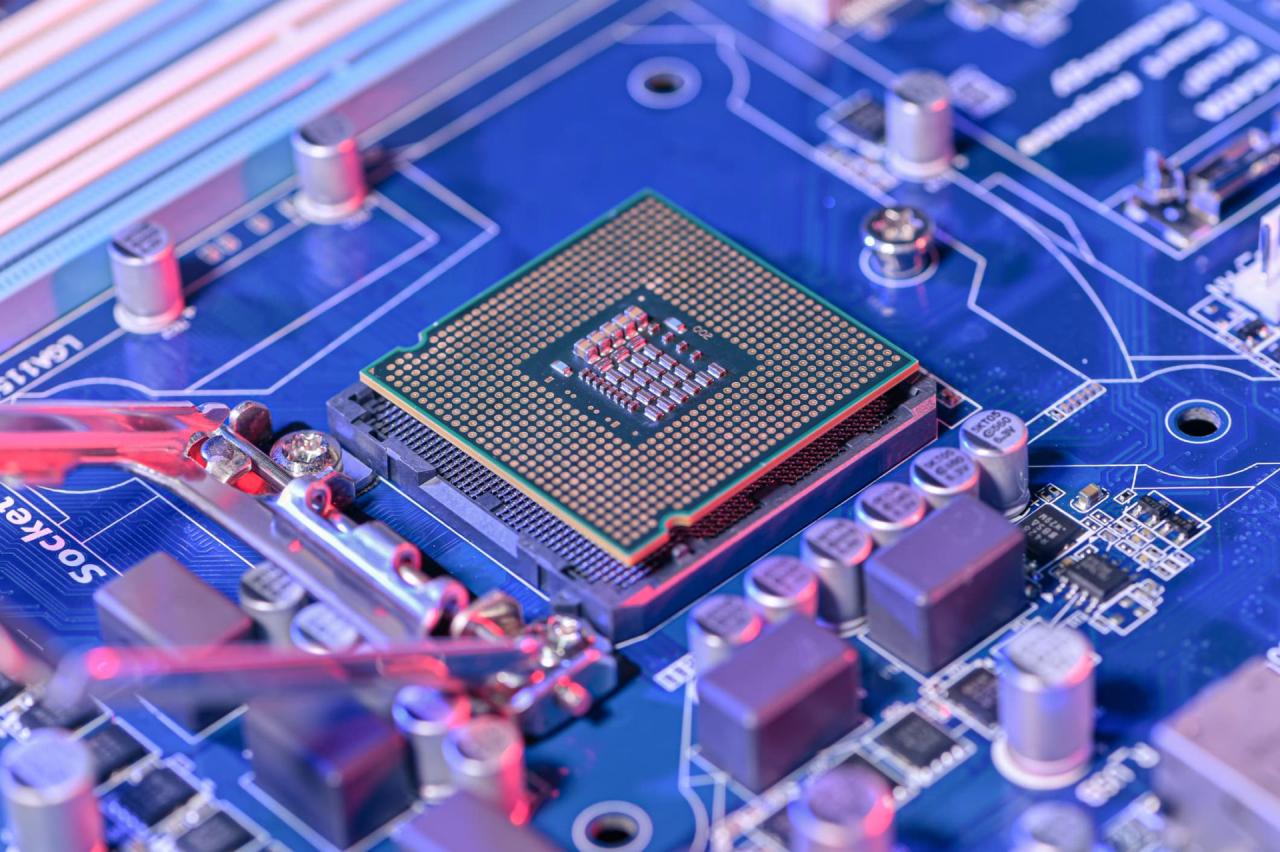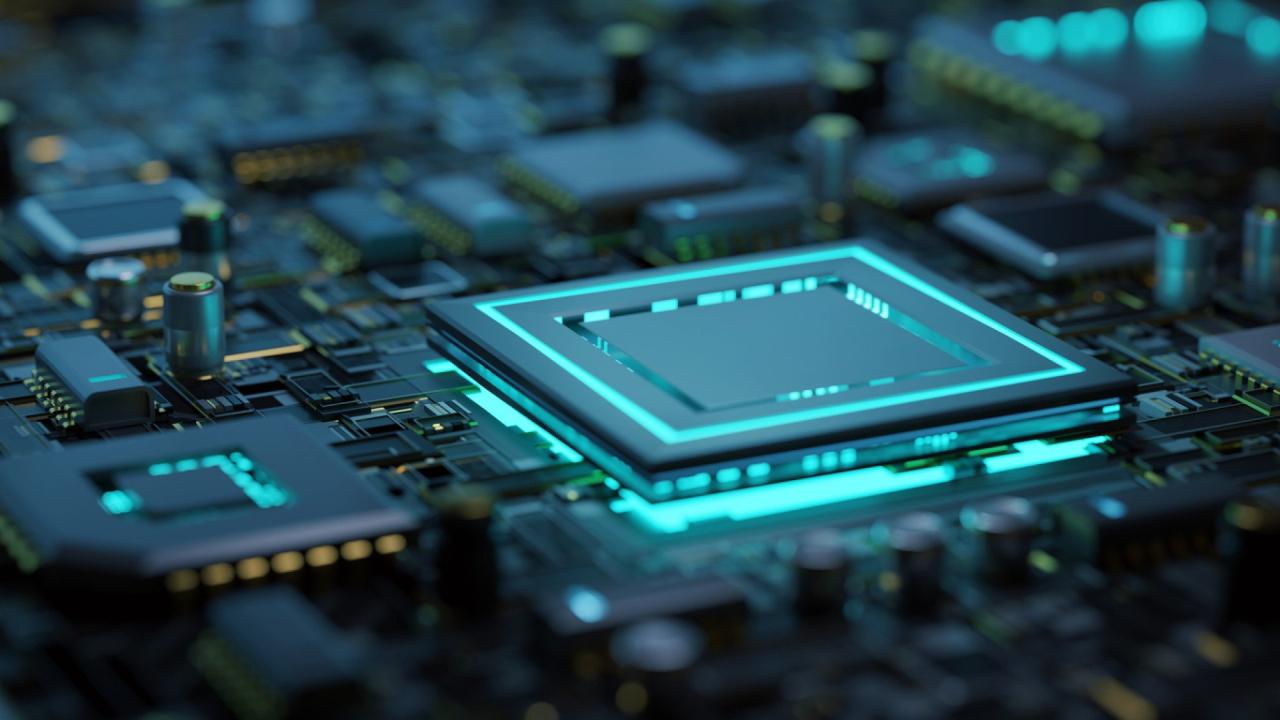Chip iPhone represents a fascinating journey through the evolution of technology that has revolutionized the way we use smartphones. From the inception of Apple’s first chip to the sophisticated designs of today, each iteration has not only enhanced performance but has also shaped user experience and device capabilities.
Over the years, iPhone chip technology has become a pivotal aspect, driving innovations in speed, efficiency, and battery life. As we explore this topic, we will dive into how these chips have transformed the iPhone landscape and set benchmarks for future devices.
iPhone Chip Technology

The significance of chip technology in iPhones cannot be overstated. It serves as the backbone of every device, determining not only the device’s performance but also its efficiency, battery life, and capabilities. The advancements in chip technology have propelled iPhones to the forefront of mobile innovation, allowing users to experience seamless functionality and superior processing power.
The evolution of chips used in iPhone models over the years illustrates Apple’s commitment to technological advancement. Starting with the original iPhone, which utilized the ARM 11 processor, Apple has consistently improved its chips to enhance performance and efficiency. The introduction of the A4 chip marked a significant shift, enabling multitasking and smoother graphics. With each new model, the A-series chips have become increasingly powerful and efficient. The A13 Bionic chip, for instance, introduced in the iPhone 11, featured a 7-nanometer process technology, which improved speed and reduced power consumption, allowing for longer battery life. More recently, the A15 Bionic chip found in the iPhone 13 further pushed the envelope with its 6-core CPU and 4-core GPU, resulting in remarkable performance in gaming and machine learning tasks.
Impact of Chip Technology on Device Performance
The impact of chip technology on overall device performance is profound. The chip not only determines how fast an iPhone can process information but also affects graphics rendering, machine learning capabilities, and energy efficiency. With powerful chips, iPhones can handle demanding applications and multitask effortlessly.
An overview of the impact areas includes:
- Processing Speed: Each iteration of the A-series chip has brought significant increases in processing speeds, allowing users to run complex applications and games without lag.
- Graphics Performance: Higher GPU performance leads to improved visuals in games and applications, enhancing the user experience significantly.
- Battery Efficiency: Advanced fabrication processes enable chips to consume less power, contributing to longer battery life, which is crucial for mobile devices.
- Machine Learning: Recent chips include dedicated neural engines, enhancing capabilities for artificial intelligence tasks, such as image recognition and voice processing.
The performance improvements facilitated by chip technology also play a crucial role in supporting new features. For example, the computational photography capabilities introduced in recent iPhones rely heavily on the power of the A-series chips, enabling features like Night Mode and Smart HDR to function effectively.
The A15 Bionic chip in the iPhone 13 offers up to 50% faster CPU performance compared to competitors, showcasing Apple’s leadership in chip technology.
These advancements in chip technology not only enhance user experiences but also ensure that iPhones remain competitive in a fast-evolving smartphone market, setting benchmarks for performance and efficiency that others strive to match.
Comparative Analysis of iPhone Chips

The evolution of Apple’s chip technology has been a pivotal aspect of its product development, particularly in the iPhone series. Each new generation of Apple A-series chips demonstrates significant improvements in performance, efficiency, and capabilities. This analysis will delve into the comparative metrics of these chips and their implications for users.
The A-series chips, specifically designed for iPhones, have consistently pushed the boundaries of mobile processing power. Apple’s investment in chip design has resulted in enhancements that cater not just to raw performance, but also to machine learning, graphics rendering, and more. The introduction of M-series chips has expanded this conversation, as these chips, utilized in iPads, possess characteristics that influence the future of iPhone technology.
Performance Comparison of A-Series Chips
The latest Apple A-series chips have introduced robust performance metrics compared to their predecessors. Each generation sees remarkable enhancements in CPU and GPU performance, energy efficiency, and integrated features.
The following table Artikels key specifications and performance benchmarks across various iPhone chips:
| Chip Model | Release Year | CPU Cores | GPU Cores | Performance Score (Geekbench) | Process Technology |
|---|---|---|---|---|---|
| A15 Bionic | 2021 | 6 | 4 | 1730 (Single-core) | 5nm |
| A16 Bionic | 2022 | 6 | 5 | 1870 (Single-core) | 4nm |
| A17 Pro | 2023 | 6 | 6 | 2020 (Single-core) | 3nm |
This table highlights the progression in performance metrics. The A17 Pro, for instance, not only introduces a higher number of GPU cores but also adopts a more advanced process technology, which translates into better thermal management and efficiency.
M-Series Chips and Their Impact on iPhones, Chip iphone
The M-series chips, initially designed for iPads and Macs, bring a new level of performance that is relevant to future iPhone models. These chips leverage the same architectural advancements seen in the A-series but are crafted for more demanding tasks, including desktop-level performance in a mobile format.
The M1 chip, for example, has been noted for its impressive power efficiency and performance, setting a precedent for what can be achieved in mobile devices. The potential integration of M-series technology into future iPhones could redefine user experiences, especially in tasks requiring intense processing capabilities such as gaming, AR applications, and multitasking.
“The M-series chips, with their high efficiency and performance capabilities, could pave the way for unprecedented multitasking and processing power in smartphones.”
Overall, the comparative analysis of Apple’s A-series and M-series chips illustrates a clear trajectory towards more powerful, efficient, and versatile mobile technology. As Apple continues to innovate, the integration of these advancements into the iPhone lineup will undoubtedly enhance the user experience significantly.
Impact of Chip Technology on Battery Life
The efficiency of chip technology plays a crucial role in determining the battery longevity of iPhones. With each new generation of chips, Apple strives to enhance performance while minimizing energy consumption. This dual focus not only delivers faster processing speeds but also extends the time between charges for users, effectively marrying power with endurance. As users rely on their devices for a multitude of tasks throughout the day, understanding how chip efficiency contributes to battery life is essential.
The latest iPhone chips, such as the A15 and A16 Bionic, utilize advanced manufacturing processes and architectures that significantly improve energy efficiency. These chips incorporate features like dynamic voltage scaling and clock speed adjustments, which optimize power usage based on real-time demands. For example, when performing simple tasks like browsing the web or checking notifications, the chip can downscale its performance to conserve battery power, while still providing enough capability for demanding applications when needed. This intelligent management of resources is a key aspect of prolonging battery life.
Methods for Optimizing Battery Life Based on Chip Characteristics
Understanding the characteristics of iPhone chips allows users to take proactive measures to enhance battery performance. Implementing specific techniques can lead to substantial improvements in battery longevity. Below are several effective strategies users can employ:
To begin, optimizing settings based on chip capabilities can yield noticeable results. The following methods are particularly useful:
- Adjust Screen Brightness: Lowering the screen brightness or enabling auto-brightness can reduce power consumption, allowing the chip to focus energy where it is most needed.
- Manage Background App Refresh: Disabling unnecessary background app refresh for apps that do not need to stay updated in real-time can conserve battery life significantly.
- Use Low Power Mode: Activating Low Power Mode reduces background activity, mail fetch, and visual effects, harnessing the chip’s efficiency to extend battery life during critical moments.
- Limit Location Services: Adjusting location settings to only use GPS when necessary can decrease the workload on the chip, thus prolonging battery usage.
- Update Apps Regularly: Ensuring that all apps are up to date can help improve efficiency, as developers often optimize performance for the latest chip technology.
In addition to these methods, users can also keep an eye on battery health through settings that track battery usage. This awareness enables smarter choices about which applications are more demanding on battery life, allowing users to adjust their habits accordingly. Furthermore, by fully understanding how chips manage energy, users can maximize battery performance through informed decision-making regarding app usage and device settings.
“Chips that are designed with efficiency in mind not only enhance performance but significantly contribute to extending battery life.”
Future Trends in iPhone Chip Development: Chip Iphone

As the landscape of technology evolves, so does the semiconductor industry, particularly in the development of mobile processors for iPhones. The future of iPhone chip technology promises to be shaped by several key trends that are set to revolutionize performance, efficiency, and user experience. These advancements not only reflect the growing demands of consumers but also the rapid pace of innovation in fields such as artificial intelligence (AI) and machine learning (ML).
A significant trend in semiconductor technology relevant to iPhones is the push towards smaller, more efficient chips. With advancements in fabrication technologies, manufacturers are now able to produce chips with smaller process nodes, leading to increased transistor density and improved energy efficiency. This miniaturization allows for more powerful chips without a corresponding increase in power consumption, which is critical for mobile devices.
Advancements in AI and Machine Learning Impacting Chip Design
The integration of AI and machine learning into chip design is transforming how processors are constructed and how they perform. By implementing AI algorithms directly within the chip architecture, manufacturers can create processors that are more adaptive and capable of optimizing performance in real-time based on user behavior and application demands.
For instance, Apple’s investment in dedicated machine learning hardware, such as the Neural Engine found in recent A-series chips, illustrates this trend. These advancements allow for faster processing of tasks that require AI, such as image recognition, voice processing, and augmented reality applications.
The following points highlight how AI and ML are reshaping chip design:
- Enhanced Performance: AI algorithms enable chips to learn from usage patterns, allowing for dynamic performance adjustments that enhance overall speed and efficiency.
- Energy Efficiency: Machine learning can help manage power consumption by optimizing resource allocation based on real-time usage, significantly extending battery life.
- Customized Features: AI-driven chip designs can support personalized user experiences by understanding individual preferences and adapting functionalities accordingly.
- Improved Security: AI algorithms can analyze behavior patterns to detect anomalies, enhancing security features built into iPhones.
Projection of Future iPhone Chip Features and Expected Performance Enhancements
As we look ahead, projections for future iPhone chip features reveal a trend toward even greater capabilities and performance improvements. The following table summarizes anticipated advancements and their expected impacts on iPhone performance:
| Feature | Description | Expected Impact |
|---|---|---|
| 5nm and Smaller Process Nodes | Continuation of miniaturization in chip fabrication, potentially reaching 3nm. | Higher transistor density leading to better performance and lower power consumption. |
| Advanced Neural Processing | Integration of even more sophisticated AI and ML algorithms directly on the chip. | Significant enhancements in on-device AI tasks, improving responsiveness and user interaction. |
| Enhanced Graphics Processing | Next-generation GPUs optimized for high-resolution displays and gaming. | Improved graphics performance for gaming and augmented reality applications. |
| Integrated 5G Solutions | Further refinement of 5G technology within chipsets. | Faster data speeds and improved connectivity, enhancing streaming and downloading experiences. |
In summary, the future of iPhone chip development is poised for exciting transformations driven by advancements in semiconductor technology and the integration of AI and ML. These trends will not only enhance performance and efficiency but also redefine user experiences in ways that were previously unimaginable.
FAQs
What is the role of the A-series chip in iPhones?
The A-series chip is crucial for the overall performance of iPhones, handling tasks from processing speed to graphics rendering.
How often does Apple release new iPhone chips?
Apple typically introduces new iPhone chips annually alongside the latest iPhone models.
Can chip technology affect the longevity of an iPhone?
Yes, advancements in chip efficiency can significantly enhance the battery life and longevity of an iPhone.
What is the difference between A-series and M-series chips?
A-series chips are optimized for iPhones, while M-series chips are designed for iPads and Macs, focusing on different performance metrics.
How do iPhone chips contribute to gaming performance?
iPhone chips provide the necessary processing power and graphics capabilities to support high-quality gaming experiences.
The Galaxy S 6 remains a strong contender in the smartphone market, offering a blend of sleek design and powerful performance. With its vibrant display and advanced camera features, this device appeals to those seeking a reliable and stylish gadget. Its capabilities make it suitable for both casual users and tech enthusiasts alike.
In the realm of productivity, the Samsung Galaxy Note10 stands out with its S Pen integration, making it an ideal choice for professionals. The device’s large screen and multitasking features enhance workflow, while its powerful camera ensures stunning photography. Whether you’re sketching ideas or attending virtual meetings, this smartphone delivers on all fronts.